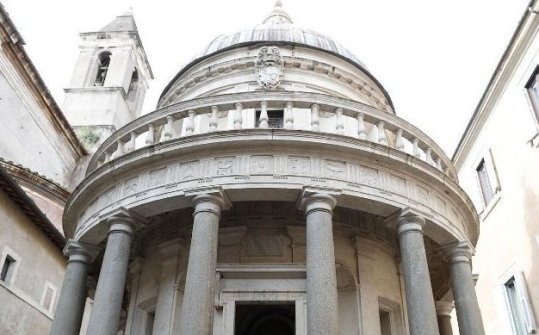The ancestral gesture of recording through images the inhabited and passable places, of collecting data and developing a complex network of signs through which to identify those contexts and indicate the distinctive elements of each place, led to the creation of taxonomies with the aim of conceptualizing and to make functional the spatial categories and metaphors that would describe the territory and the transformations operated in it by the human being in his daily activity. Possibly, the conception of the landscape reaches its greatest expression, as a historical construction, in the establishment of borders that testify to the emergence of the Nation-State and the geopolitical redistribution in the modern/colonial world system. The chimera of ordering this immeasurable universe and capturing it in a representation on a minimal scale, encompassable from the close distance of the viewer, has established the genealogy of the concept of landscape in disciplines and stories such as Western Art History, philosophy, geography , cartography, architecture, landscaping, urban planning, etc.
That regime of image production that evolved in parallel to technological developments has responded to the ideologies and strategic functions of modern imperialism. According to the philosopher Jean-Marc Besse, from the 16th century "the landscape is (...) the visual illustration of the new geographical experience of the world". The imagination of that world as a whole and of unknown lands took shape on Renaissance maps as a projection of an expansionist anthropocentric desire and domination of nature. The first exotic, racist and colonial images of Abya Yala or America reached Europe through the fictions and visions of the drawings, paintings and engravings of traveling artists commissioned by the metropolises; and circulated through postcards and the illustrated press of the time. The innovative aerial photographs taken in 1859 were consolidated as a technique for capturing images with military objectives during World War II.
Indexing the landscape is then equivalent to producing a notion of “landscape”, to giving meaning to these images as political devices that will play an essential role in visual culture. This exhibition does not intend to focus attention on the repertoire of images that are included in it as objects of contemplation, but on trying to reveal the epistemological conditioning factors and power relations that have intervened in these constructions. In this exhibition, the walls of the room do not become showcases for tourism agencies where you can observe a picturesque catalog of places and landscapes through the eyes of the anthropologist traveler of supermodernity. Here, urgent questions address not only potential audiences, but also those who have been responsible for producing such images. How does an artist behave when he is aware of the dialogue that he engages in with a long tradition of representation that responds to the patriarchal ideologies, interests and violence of the modern/colonial world gender system? What strategies to adopt before the mechanisms of invisibility that go through the canons of representation of the landscape genre in the History of Western Art?


